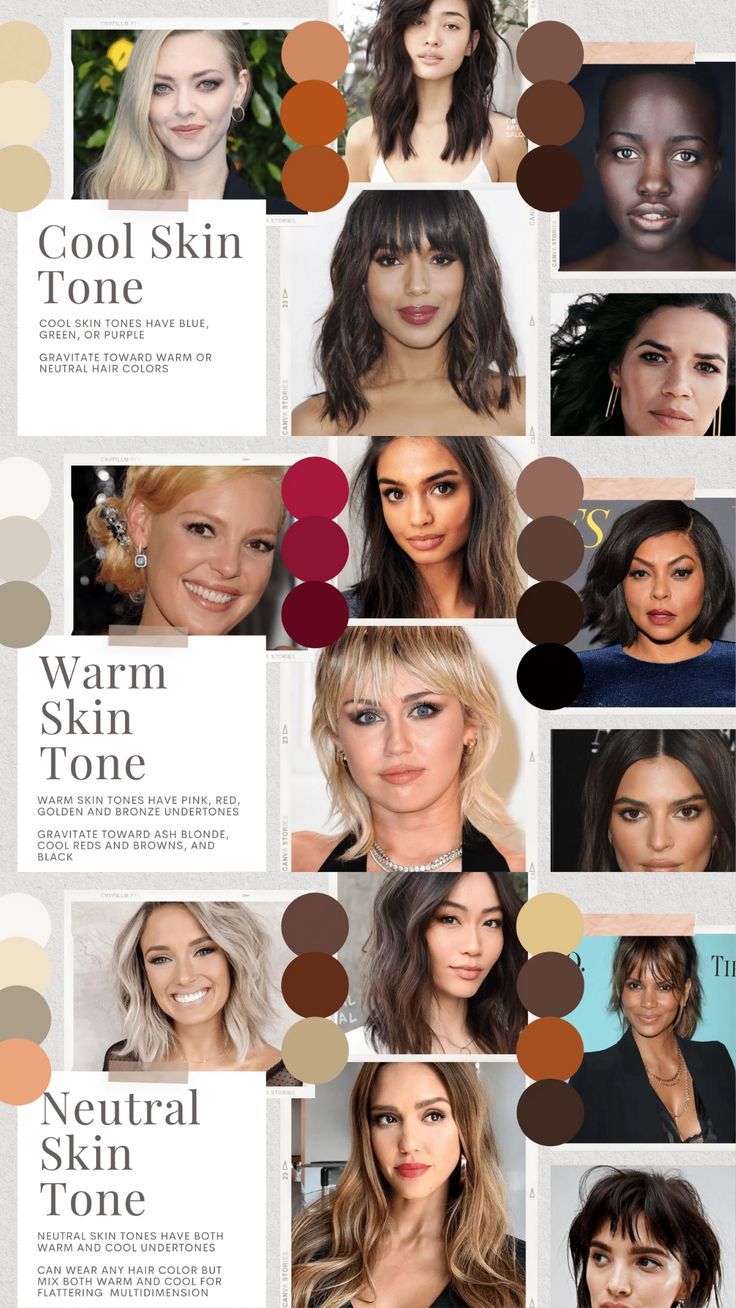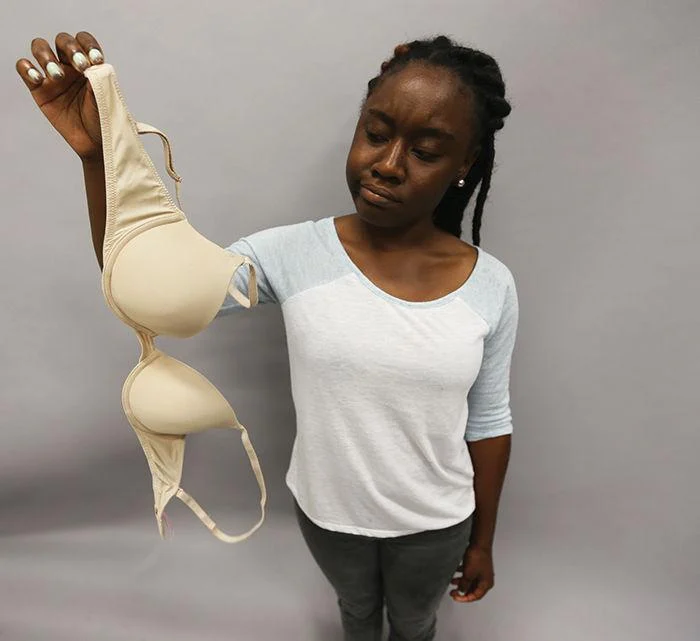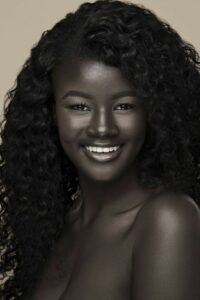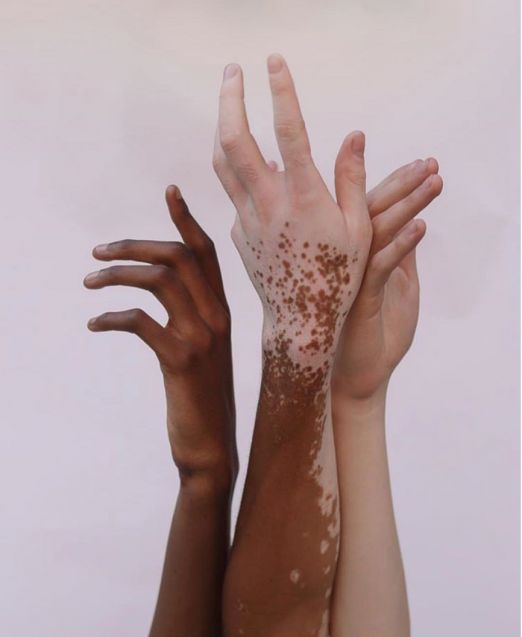In the tapestry of human diversity, skin tones weave a rich and complex story that transcends mere aesthetics. “Colors of Humanity: Celebrating the Beauty in Our Skin Tones” delves into the kaleidoscope of hues that adorn us, exploring not just the biological underpinnings but also the cultural, social, and psychological dimensions of skin color. From the palest ivories to the deepest browns, each shade carries with it a legacy, a set of experiences, and a unique beauty that contributes to the mosaic of human identity. This article aims to unravel the threads of this intricate narrative, shedding light on how our skin tones shape and are shaped by the world around us.

The Science of Skin Color
The diversity of human skin tones is a remarkable testament to the adaptability and complexity of the human body, deeply rooted in our biological and evolutionary history. At the heart of this diversity is melanin, a pigment produced by cells known as melanocytes, which determines the color of our skin, hair, and eyes. Melanin comes in two primary forms: eumelanin, which gives rise to brown and black hues, and pheomelanin, which imparts red and yellow colors. The variation in skin color among individuals and populations is primarily a result of differences in the amount and type of melanin produced and distributed in the skin.

Genetics plays a crucial role in determining our skin color, with multiple genes involved in melanin production and regulation. These genetic factors are influenced by the evolutionary pressures our ancestors faced. For example, populations living closer to the equator, where sunlight is more intense and direct, generally have darker skin, a natural adaptation to protect against the harmful effects of ultraviolet (UV) radiation. Darker skin, rich in eumelanin, is more effective at absorbing UV radiation, protecting against sunburn and reducing the risk of skin cancer. It also protects the body’s folate reserves, which are crucial for DNA repair and reproduction.
Conversely, in regions farther from the equator, where sunlight is less intense, lighter skin evolved as an adaptation to maximize the synthesis of vitamin D, essential for bone health. In these environments, the reduced intensity of sunlight necessitates a higher efficiency in vitamin D production, which is facilitated by lighter skin that allows more UV radiation to penetrate the skin and produce vitamin D.

This evolutionary perspective underscores how variations in skin color are not just superficial differences but represent a complex interplay of biology, genetics, and environmental adaptation. The diverse palette of human skin tones is a direct reflection of our species’ migration patterns and adaptation to different climates and sunlight exposures around the world, illustrating the beauty and complexity of human evolution and diversity.
Skin Color in Society and Media
The impact of skin color on societal attitudes and media representation is a multifaceted issue that delves deep into the roots of history and culture. Skin tone has long influenced social dynamics and access to opportunities, with pervasive biases favoring lighter skin in many societies—a phenomenon known as colorism. This bias manifests in various aspects of life, including employment, education, and the justice system, where lighter-skinned individuals often receive preferential treatment or are perceived more positively than their darker-skinned counterparts. Such disparities underscore the deep-seated prejudices that can influence societal interactions and opportunities based on skin color.
In the realm of media and fashion, the representation of diverse skin tones has historically been limited, with lighter skin frequently depicted as the standard of beauty. This lack of representation not only reinforces harmful stereotypes but also diminishes the visibility and self-esteem of individuals with darker skin tones. However, recent years have seen a gradual shift towards greater inclusivity. Campaigns like #BlackLivesMatter and #DarkIsBeautiful have challenged traditional beauty standards and called for a broader representation of skin tones in all forms of media.

Despite this progress, challenges remain. The fashion and beauty industries, for example, are often criticized for their tokenistic inclusion of darker skin tones or for perpetuating stereotypes in their portrayal of people of color. Moreover, the digital alteration of images in advertising and social media can perpetuate unrealistic beauty standards, further entrenching societal biases.
The evolving representation of diverse skin tones in media and fashion reflects a growing awareness and a push towards inclusivity. Yet, the journey towards truly equitable representation is ongoing. It requires a sustained commitment to challenging ingrained biases and celebrating the richness of human diversity. By embracing a more inclusive portrayal of beauty, society can move towards a future where all skin tones are valued and celebrated equally.



The Beauty Industry’s Role
The beauty industry, historically criticized for its narrow representation of beauty standards and limited product ranges for diverse skin tones, has been undergoing a significant transformation. This shift towards inclusivity reflects a growing recognition of the diversity of beauty and the demand for products that cater to a wide spectrum of skin tones.

In recent years, beauty brands have made notable efforts to expand their product lines to include a broader range of shades, from the fairest to the deepest. The launch of Rihanna’s Fenty Beauty line in 2017, with its pioneering 40-shade foundation range, marked a watershed moment, setting a new standard for inclusivity in the industry. This move not only garnered widespread acclaim but also prompted other brands to follow suit, leading to an industry-wide expansion in the variety of shades available in foundation, concealer, and other complexion products. This trend towards inclusivity signifies a positive step forward, allowing individuals of all skin tones to find products that match their skin perfectly, thus feeling seen and catered to by the beauty market.

However, despite these advances, the beauty industry continues to face criticism for its role in perpetuating certain beauty standards. Critics argue that, while the range of shades has expanded, the marketing and promotion of beauty products still often favor lighter skin tones, suggesting a lingering bias towards Eurocentric beauty ideals. Additionally, there is a call for brands to go beyond just expanding shade ranges and to also consider the undertones and specific needs of diverse skin types, ensuring that products cater not just in color but in formulation.
Moreover, the industry is challenged to reflect this inclusivity across all aspects of its business, from advertising campaigns to the diversity of models and influencers used. Such comprehensive inclusivity is essential for dismantling the long-standing biases and stereotypes that have marginalized many based on their skin color.

The beauty industry’s move towards greater inclusivity is a promising development, yet the journey towards fully embracing and celebrating the beauty in diversity is ongoing. Addressing the criticisms head-on and continuing to innovate in response to the needs of a diverse consumer base will be crucial for the industry to not only thrive but also to lead by example in promoting a more inclusive and equitable society.
The celebration of skin tone diversity is a vibrant and growing movement, marked by initiatives and campaigns that advocate for the recognition and appreciation of the myriad hues that adorn humanity. These efforts challenge the monolithic beauty standards that have historically marginalized many, promoting a more inclusive vision of beauty that embraces all skin tones.

Movements such as #BlackIsBeautiful, #UnfairAndLovely, and #DiversityInBeauty have gained traction on social media, creating platforms for individuals to share their stories and celebrate their natural skin color. These campaigns not only highlight the beauty of dark skin tones, which have often been underrepresented or devalued in mainstream media, but also foster a community of support and empowerment. Similarly, the #LoveYourSkinTone campaign encourages people to embrace their unique complexion, combat colorism, and challenge societal norms that equate beauty with whiteness.



Personal stories and experiences play a pivotal role in these movements, as they bring to light the real-world impact of skin tone discrimination and the journey towards self-acceptance. For instance, models like Winnie Harlow, who has vitiligo, and Khoudia Diop, who is celebrated for her dark skin, have shared their stories of overcoming bullying and discrimination to become symbols of beauty and strength. Their narratives inspire others to embrace their distinctiveness and reject societal pressures to conform to a narrow standard of beauty.

The power of these movements and personal stories lies in their ability to shift perceptions, encourage dialogue, and foster a more inclusive environment where every skin tone is celebrated. By highlighting the richness and diversity of human skin colors, they promote a message of beauty, self-love, and acceptance that transcends traditional boundaries. This growing appreciation for skin tone diversity is not just about changing beauty standards but about affirming the inherent worth and dignity of every individual, regardless of the color of their skin.

In celebrating the colors of humanity, we recognize the profound beauty in our diversity. By understanding the science, acknowledging the historical and cultural significance, challenging societal biases, and promoting inclusivity, we pave the way for a world where every skin tone is celebrated. It is through this celebration that we can truly appreciate the rich tapestry of human life, woven together by the myriad shades that define us.
Discover Your Soft Summer Color Palette
Gorgeous Soft Autumn Color Palette for Cool Skin Tones
Flattering Soft Autumn Color Palette for Warm Skin Tones
The Basics of Brown Color Palettes: How to Use Them

